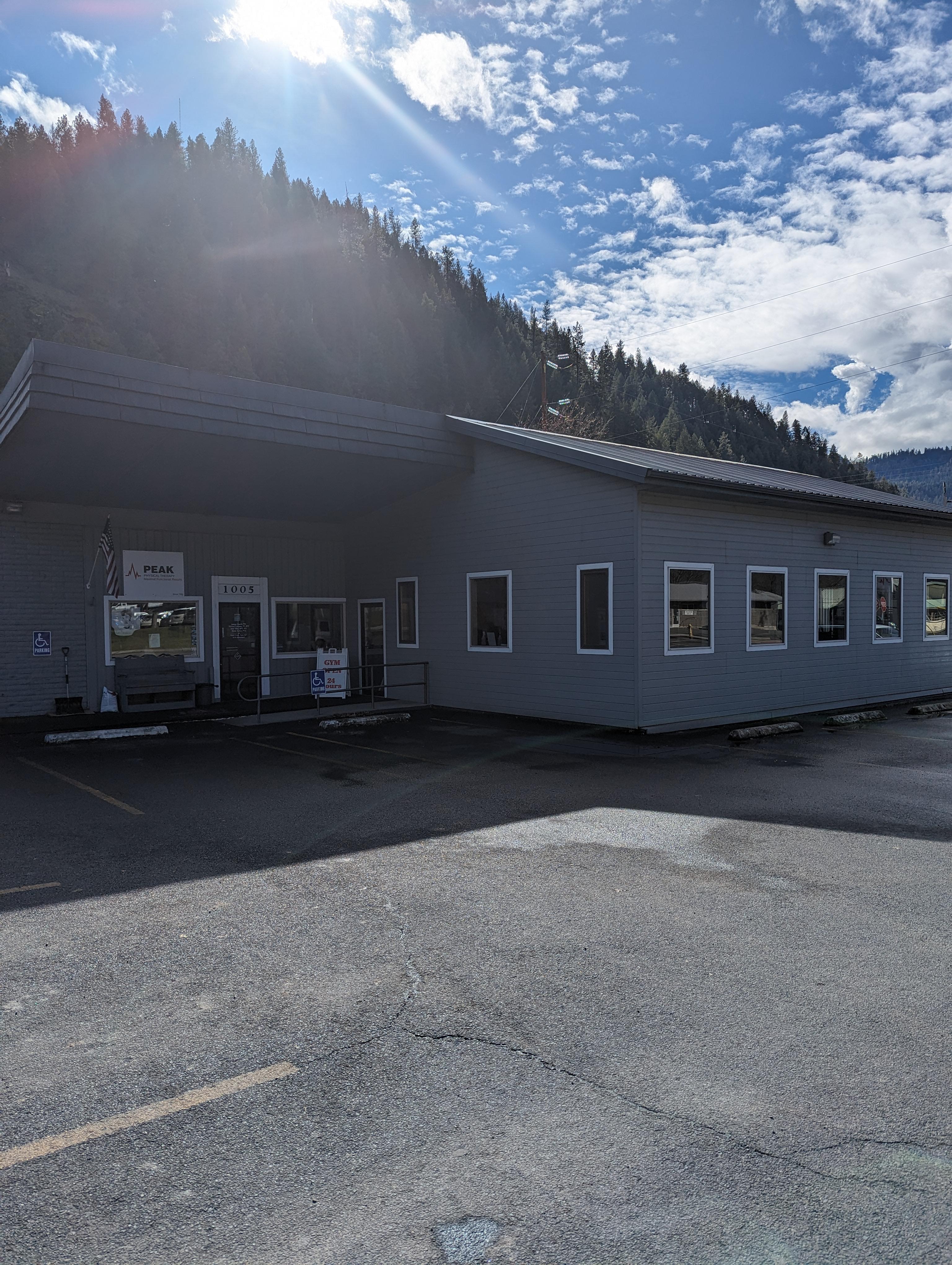Orofino Formerly Orofino Physical Therapy & Wellness
Orofino, ID 83544 Get Directions
Phone
(208) 476-9365Fax
(208) 476-9366
Clinic Hours
- Monday
- 8:00 AM - 5:00 PM
- Tuesday
- 8:00 AM - 5:00 PM
- Wednesday
- 8:00 AM - 5:00 PM
- Thursday
- 8:00 AM - 5:00 PM
- Friday
- 8:00 AM - 5:00 PM
- Saturday
- Closed
- Sunday
- Closed
Meet the Team

Josh Tilley DPT, ATC
Physical Therapist
Josh Tilley DPT, ATC
Physical TherapistJosh received his Doctor of Physical Therapy degree in 2008 and has been a licensed physical therapist since that time. He has also been a certified Athletic Trainer since 2003. He has experience in various physical therapy settings, with most of that experience being in the outpatient setting. He also has experience with a wide variety of sports including professional, collegiate, Olympian, and high school athletics.

Johnny Powell PTA
Physical Therapy Assistant
Johnny Powell PTA
Physical Therapy AssistantJohnny Powell is a 5th generation Idahoan who was raised on a dairy farm in Meridian. He is a retired Master Gunner who served 20 years in the United States Army where he served combat tours in both Iraq and Afghanistan. After retiring from the Army he went back to school and got his degree as a Physical Therapist Assistant and was Licensed in April 2017. He is a father of four and has been married for 23 years to his dream girl. He enjoys hunting, camping, riding his motorcycle, running and weightlifting, 80s hairbands and remembering the good old days when he had a mullet. He is learning how to play the bagpipes and volunteers as a Boy Scout Leader.
Peak Physical Therapy in Clearwater County
When searching for exceptional physical therapy clinics near Clearwater Valley Hospital, ID, look no further than Peak Physical Therapy, located in Orofino. Having some of the best physical therapists near the Pink House Recreation Site, our clinic is easy to find. Formerly known as Orofino Physical Therapy & Wellness, we are east of Rte.12, offering outstanding physical therapy directly across the street from the Orofino Elementary School. Situated between the Funeral Home and the City Police Building, a large yellow gym sign is displayed out front. Call us or book your initial screening visit online to begin your healing journey. We offer convenient hours and a wide range of services and treatments to address various conditions and injuries. Your recovery journey starts here at Peak PT in Orofino, where we can help you at any rehabilitation stage. “Reclaim Your Life” with outstanding physical therapy and compassionate care.
Specialties & Treatments at Our Clinic
Our clinic in Orofino offers a comprehensive and specialized approach to physical therapy. Our clinicians are well-trained and experienced, ready to address whatever physical issues you may be experiencing. Whether it’s chronic pain, traumatic injuries, or a desire to improve your overall physical health, our team will provide you with an individualized treatment plan tailored specifically to your needs and goals. At this Peak Physical Therapy location, we offer cutting-edge techniques such as Orthopedic and Manual Therapy. We provide our patients with specialties such as Back Pain Rehabilitation, Sports Therapy, Vestibular Imbalance, and TMJ Disorder. We utilize such advanced methods that will significantly contribute to the speed and efficiency of your recovery, offering you relief from pain and the long-term results you deserve.
Meet Our Top Physical Therapists in Orofino
Peak Physical Therapy in Orofino, ID, is home to a team of highly skilled and certified physical therapists dedicated to staying updated with the latest advancements in their field. We are committed to providing our patients with the most effective and modern treatments. Our approach involves understanding each patient’s unique story and needs to develop personalized treatment plans. This personalized approach not only aids in the physical recovery process but also creates a positive and comfortable environment for our patients. We also offer assistance with appointment scheduling, insurance claims, and payment plans to make the healing journey seamless and stress-free. Trust Peak Physical Therapy in Orofino to provide compassionate, high-quality care with Maximal Functional Results so you can recover quickly and enjoy life on your terms.
People in Idaho and Washington Trust Peak PT
Hear from patients that reclaimed their lives.
